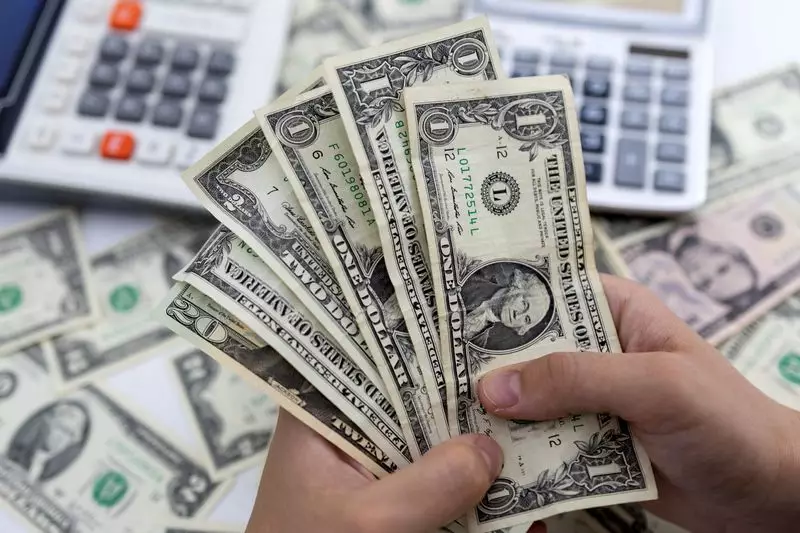Financial markets are perched on a knife’s edge, particularly in regard to the performance of the U.S. dollar, which has recently slipped to a two-week low. Contributing factors include fluctuating statements about potential tariffs from the Trump administration, which have left investors in a state of uncertainty. The lack of concrete plans has resulted in the dollar struggling, especially against other major currencies, thereby emphasizing the interplay between governmental policy and market dynamics.
In a notable development, President Donald Trump hinted at imposing a 10% tariff on Chinese imports starting February 1. This announcement comes alongside earlier discussions regarding potential 25% levies on goods imported from Mexico and Canada. Trump’s lack of clarity around tariffs has led many investors to wonder about the breadth and impact of these potential measures. His administration seems to be weighing the pros and cons of extensive duties without providing sufficient details that might anchor market expectations.
The tariffs mentioned, especially on European goods, raise concerns about possible retaliatory measures that could spiral into a trade war. Furthermore, the perceived indecision encompasses not just the immediate proposals but also the wider implications for global trade relationships. A broad trade memorandum signed by Trump tasks federal agencies with a comprehensive review of trade issues by April 1, which might deepen uncertainty in the short term, as the presented timelines extend the period during which the greenback may linger at reduced levels.
In the wake of these announcements, the dollar index—an aggregate measurement of the dollar’s strength against a basket of currencies—dipped to its lowest point since January 6, showing a decrease of 0.15%, currently resting at around 107.97. Analysts are watching closely to gauge how sentiment shifts in response to Trump’s verbal provocations. The currency markets responded with a muted yet unease-ridden reaction, as traders interpret these tariffs as both a threat and an opportunity, depending on their perspective.
The euro, initially on a downward trajectory, reversed its fortunes, climbing to $1.0457. This volatility is emblematic of the turbulent atmosphere, wherein traders react not only to currency valuations but also broader economic indicators and market sentiment. The British pound also gained some traction against the dollar before retreating slightly, reflective of a consensus that Trump’s policies present both risks and growth opportunities that could lead to inflation.
Signs of a potential inflationary environment loom large as Trump’s economic policies become more solidified. Analysts speculate that while initiatives surrounding immigration and tariffs could stimulate growth, they could also bring about upward pressure on prices. Unlike the initially severe tariffs suggested during his campaign, the current 10% rate seems more controlled, allowing for the possibility of avoiding extreme inflationary repercussions.
Traders are beginning to adjust their forecasts for Federal Reserve interest rates, with expectations for a quarter-point interest rate cut by July becoming prevalent. Additional reductions by the end of the year remain uncertain. The cautious approach to tariffs is viewed as a sign that the administration may not be gravitating towards maximalist trade policies; instead, there may be an underlying strategy to facilitate negotiations with trade partners.
While the U.S. dollar flounders, other currencies demonstrate resilience. The Canadian dollar experienced fluctuations, reflecting pressures from recent inflation trends, yet maintains a somewhat stable position. The Mexican peso has enjoyed modest gains, while China’s yuan holds steady, suggesting varying degrees of confidence among different national economies.
Importantly, the expectation is that any tariffs implemented will likely fall short of the alarming rates initially discussed, leading to a more tempered approach to trade that can be conducive to negotiation rather than conflict. As uncertainties surrounding tariffs persist, investors are adopting a wait-and-see stance, with the potential for greater volatility as markets react to evolving narratives from Washington.

